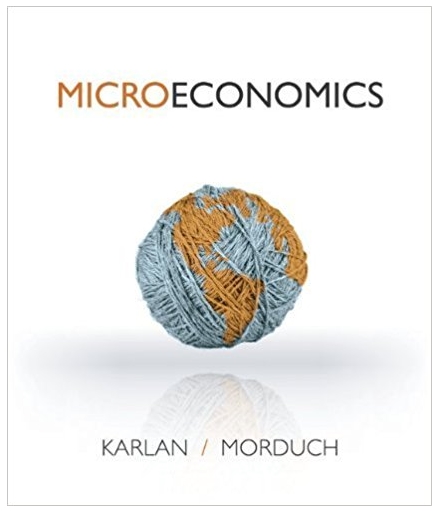Question
OPEC is a permanent intergovernmental organization of 13 oil-exporting developing nations that coordinates and unifies the petroleum policies of its Member Countries in order to
OPEC is a permanent intergovernmental organization of 13 oil-exporting developing nations that coordinates and unifies the petroleum policies of its Member Countries in order to secure fair and stable prices for petroleum producers; an efficient, economic and regular supply of petroleum to consuming nations; and a fair return on capital to those investing in the industry. OPEC had its headquarters in Geneva, Switzerland, in the first five years of its existence. This was moved to Vienna, Austria, on September 1, 1965 (taken from OPEC website; https://www.opec.org/opec_web/en/about_us/24.htm ; accessed on 25.09.2020). OEPC has passed through various challenges since 1960s. It was formed at first by five oil-producing developing countries at a time of transition in the international and political landscape. In 1970, its member took control of their domestic petroleum industries and acquired a major say in the pricing of crude oil on world markets. In 1980s, OPEC’s share of the smaller oil market fell heavily and its total petroleum revenue dropped below a third of earlier peaks, causing severe economic hardship for many Member Countries. In the 1990s, a solid recovery followed in a more integrated oil market, which was adjusting to the post-Soviet world, greater regionalism, globalisation, the communications revolution and other high-tech trends. During the 2000s, an innovative OPEC oil price band mechanism helped strengthen and stabilise crude prices in the early years of the decade. From 2000s till now, the global economy represented the main risk to the oil market early in the decade, as global macroeconomic uncertainties and heightened risks surrounding the international financial system weighed on economies. Escalating social unrest in many parts of the world affected both supply and demand throughout the first half of the decade, although the market remained relatively balanced (taken from: https://www.opec.org/opec_web/en/about_us/24.htm ; accessed on 25.09.2020). In addition to the collaboration between OPEC countries, OPEC had several collaborations with non-OPEC countries, such as China; producers and consumers, etc. What needs to be done? So what are you supposed to do in this TMA? You are to choose ONE of the collaborations identified above to study and to answer the questions below in approximately 1500 words. Your answer has to be in essay format with an introduction, and a conclusion for each question. N.B. Before choosing a collaboration to study and analyse, make sure to do your own research and ensure that the information needed for this TMA is available. This is very important since this TMA does not only rely on course material but on external resources that you will be choosing. QUESTIONS Question 1 (50 Marks) (Word limit: 750 words) Why did OPEC decide to team up and collaborate with other companies? Analyse the partnership that you have chosen as your case study. Hint: in your essay, you need to consider the following: -The six bases for collaborative advantage. -The collaboration chosen and identify the general aims of the partnership and the main bases considered. -Discuss, based on the case chosen, whether the end result is collaborative advantage or collaborative inertia. -Clearly identify the collaboration you have chosen and the resources you are referring to.
Step by Step Solution
3.50 Rating (167 Votes )
There are 3 Steps involved in it
Step: 1
The Organization of the Petroleum Exporting Countries OPEC is a permanent intergovernmental Organization created at the Baghdad Conference on September 1014 1960 by Iran Iraq Kuwait Saudi Arabia and V...
Get Instant Access to Expert-Tailored Solutions
See step-by-step solutions with expert insights and AI powered tools for academic success
Step: 2

Step: 3

Ace Your Homework with AI
Get the answers you need in no time with our AI-driven, step-by-step assistance
Get Started


